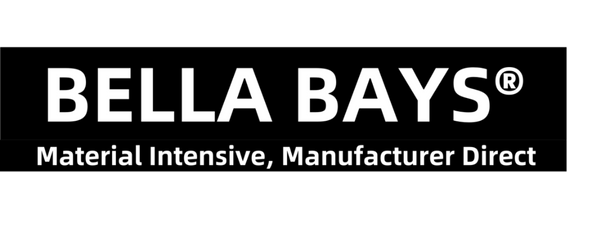
Comparing 18 Gauge (1 mm Copper Sheet) and 28 Gauge Copper Sheet: A Closer Look at Thickness and Performance
In today's industrial and manufacturing sectors, copper sheets are widely used for their excellent conductivity and thermal properties. Among various applications, thickness plays a crucial role in determining the performance of copper sheets. This article focuses on discussing two different thicknesses of copper sheets: 18 Gauge and 28 Gauge.
First, let's understand the unit "Gauge." Gauge is a unit used to indicate material thickness, commonly employed in metal products. An 18 Gauge copper sheet has a thickness of 1 mm Copper Sheet, while a 28 Gauge copper sheet has a thickness of 0.32mm. These two thicknesses of copper sheets exhibit notable differences in physical properties and applications.

The 18 Gauge copper sheet, with its 1mm thickness, offers higher strength and rigidity. Due to its thicker material, it performs well under significant pressure and weight. This thickness of copper sheet is primarily used in applications that require high load-bearing capacity, such as building structures, vehicle manufacturing, and mechanical components. Its excellent conductivity also makes it widely used in power transmission and electronic devices.
However, for applications that require thinner and lighter materials, the 28 Gauge copper sheet is more suitable. With a thickness of only 0.32mm, the lightweight and thin nature of the 28 Gauge copper sheet make it easier to handle and process during manufacturing. This thin copper sheet can save materials and energy, thus reducing production costs. Additionally, its good conductivity and thermal properties make it widely utilized in fields such as electronic devices, heat sink manufacturing, and precision instruments.

In addition to the aforementioned physical differences, these two thicknesses of copper sheets also differ in terms of price and lifespan. The 18 Gauge copper sheet has a relatively higher price due to its higher material and processing costs. However, its strong load-bearing capacity and longer lifespan make it more cost-effective in certain applications. On the other hand, although the 28 Gauge copper sheet has a relatively lower price, its lifespan and application range are comparatively shorter.
When choosing which thickness of copper sheet to use, it is important to consider the specific application scenarios, usage environment, and performance requirements. For situations that require withstanding significant pressure and weight, the 18 Gauge copper sheet is the better choice. On the other hand, the 28 Gauge copper sheet has advantages in scenarios that require lightweight, ease of handling, and cost-effectiveness.
In summary, the 18 Gauge and 28 Gauge copper sheets each have their own characteristics and are suitable for different application scenarios. Understanding the properties of these two thicknesses of copper sheets in the manufacturing and industrial sectors will help better meet practical production and usage needs. As technology advances and industrial demands evolve, it is believed that the thickness and application range of copper sheets will continue to expand, bringing more convenience and benefits to human production and life.

Leave a comment